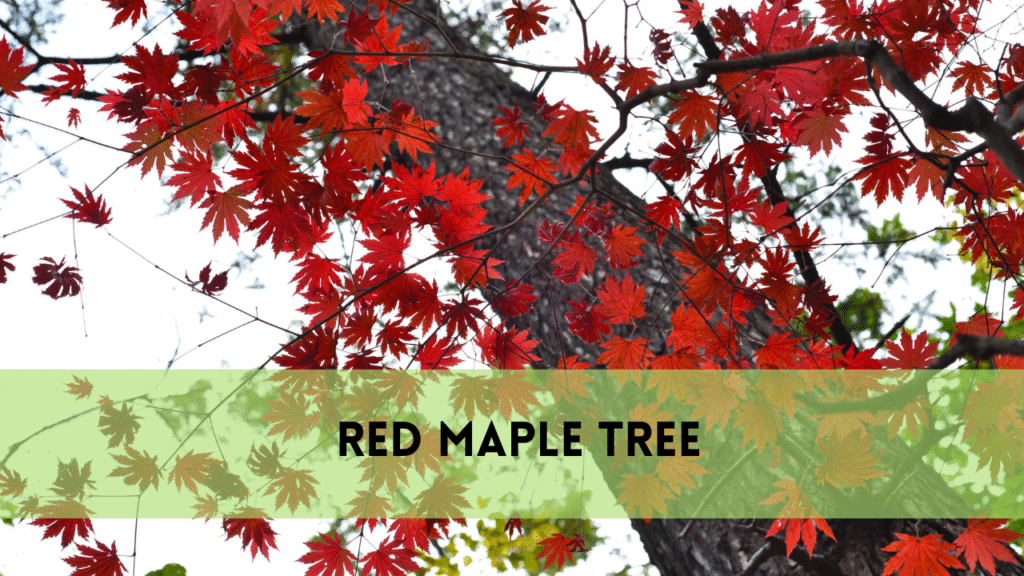Cottonwood trees are prevalent across North America, with their towering presence and unique foliage. They’re famous for the fluffy, cotton-like seeds they spew into the air during certain periods of the year. You’ve come to the correct site if you’ve ever wondered, “How long does a cottonwood tree shed?” This essay will take you on a trip through the intriguing life cycle of these gorgeous trees, giving light on the length and causes of their shedding.
How Long a Cottonwood Tree Sheds
Cottonwood trees are real painters of nature. To answer the question “how long does a cottonwood tree shed?” we must first recognize that their shedding is inextricably linked to the changing seasons. Cottonwood trees adapt to changing seasons by losing their leaves and seeds, much as people do by changing their clothing.
Spring: A New Beginning
Spring is a season of regeneration in the world of cottonwood trees. The tree begins to spring to life as the weather warms and the days lengthen. The tree grows new, vivid leaves in the early spring, anxiously anticipating the coming of the growth season.
This is a period when you may observe a noticeable absence of shedding. Cottonwood trees are in a growth phase, focusing their efforts on creating new leaves rather than losing old ones. So, if you’re asking “how long does a cottonwood tree shed” in the spring, the answer is: not much, if at all.
The Green Canopy in Summer
Cottonwood trees are in full bloom as summer approaches. The foliage is a rich, vivid green that forms a thick canopy that gives shade and beauty. During this period, the tree focuses on photosynthesis, a process that transforms sunlight into energy and encourages development.
Autumn: The Great Shift
Autumn, how I love you! This is the season when you’ll find out “how long does a cottonwood tree shed?” Cottonwood trees prepare for a big shift as the days become shorter and the temperatures drop. After serving their role for the year, the leaves begin to change color, coloring the tree in tones of yellow and orange.
During the fall season, the shedding starts in earnest. Leaves will begin to fall elegantly to the earth. The cottonwood tree sheds its leaves to save energy and resources for the upcoming severe winter months. The length of shedding during this season varies, although it usually lasts many weeks.
Winter: The Long Sleep
Cottonwood trees relax throughout the winter. As the environment transforms into a winter paradise, these trees stand barren, stripped of their leaves and cottony seeds. The shedding process is complete, and the tree enters a period of dormancy, saving energy for the springtime resurrection.
So, in response to the question “how long does a cottonwood tree shed,” the shedding process happens predominantly throughout the fall months, with the tree remaining naked throughout the winter.
Cottonwood Tree Shedding Influencing Factors
Several variables may influence the length and severity of shedding. Let’s take a look at some of these significant influencers:
Tree Wellbeing
Cottonwood trees that are healthy tend to lose their leaves more consistently and quickly. Trees that are stressed or unhealthy may shed in an uneven manner.
The weather
Cottonwood trees are very flexible, and the local environment may impact their shedding. To preserve energy, shedding may occur early and more quickly in areas with hard winters.
The Age of the Tree
Cottonwood trees shed differently than mature ones. Young trees may not shed as much as mature trees.
Species Diversity
Cottonwood trees come in a variety of types, and their shedding patterns differ. Some animals sweat more heavily than others.
The Wonderful Cottonwood Seeds
Cottonwood trees are well-known not just for their leaf dropping, but also for their extraordinary seeds. These seeds, sometimes known as “cotton,” are wrapped in fluffy, cottony threads that allow them to float on the breeze like tiny parachutes.
The seeds are spread at the same time as the leaves shed, which is usually in late spring or early summer. Cottony seeds may travel long distances, assisting cottonwood trees in colonizing new places.
The Ecological Importance of Cottonwood Tree Shedding
Understanding “how long does a cottonwood tree shed” entails not just admiring nature’s beauty but also grasping the ecological significance of this process. The function of shed leaves and seeds in the ecology is critical:
Soil Improvement
The decomposing leaves nourish the soil with critical minerals. This helps both the tree and the surrounding vegetation.
Habitat for Wildlife
The leaf litter and shedding offer a safe haven for a variety of insects and tiny animals. As a result, birds and other species that feed on these insects flock to the area.
Dispersal of Seeds
Cottonwood seeds, as previously said, are transported by the wind, assisting in the establishment of new trees in various regions. This promotes the survival and growth of the species.
A Work of Living Art
Cottonwood shedding is a dynamic and ever-changing process that results in a one-of-a-kind living artwork that changes with the seasons. Observing the shedding cycle is similar to watching the tree’s tale as it paints the canvas of nature with its leaves and seeds.
Related Posts:
FAQs
- How long does it take a cottonwood tree to lose its leaves and seeds?
Cottonwood trees drop their leaves and seeds mostly during the fall months, which may last many weeks. The act of shedding lets the tree preserve energy for the approaching winter.
- Do all cottonwood trees drop their leaves at the same time?
No, the time and severity of shedding varies from tree to tree. When and how much a tree sheds is influenced by factors such as tree health, local climate, tree age, and species variance.
- What ecological relevance does cottonwood shedding have?
Cottonwood shedding is critical to the environment. The discarded leaves improve the soil, offer shelter for insects and birds, and the cottony seeds help in the creation of new trees.
- Do cottonwood seeds have the ability to travel large distances?
Cottonwood seeds, indeed, are meant to travel large distances. They are wrapped in cottony threads that allow them to float in the wind, assisting the tree in colonizing new places.
- Is cottonwood shedding hazardous to the health of the tree?
Cottonwood shedding is both natural and required. It is not hazardous to the health of the tree; in fact, it is necessary for its life and well-being.
Conclusion
So, in answer to the question “how long does a cottonwood tree shed,” the major shedding phase happens throughout the fall months, with the length variable depending on factors such as tree health, climate, tree age, and species diversity. Shedding is an important element of the cottonwood tree’s life cycle, contributing to the ecosystem’s health and the survival of the species. Remember that nature has its own rhythm and causes for every movement when you go through the woods and watch the cottonwood trees dropping their leaves or the cottony seeds wafting in the air. Cottonwood tree shedding is more than just a basic procedure; it’s a wonderfully coordinated performance that adds depth and character to the environment. Accept the changing seasons and the narrative of the cottonwood tree, a natural marvel.




